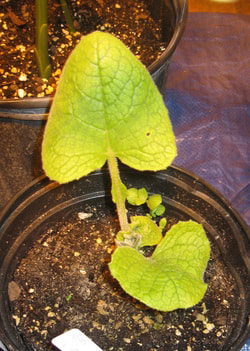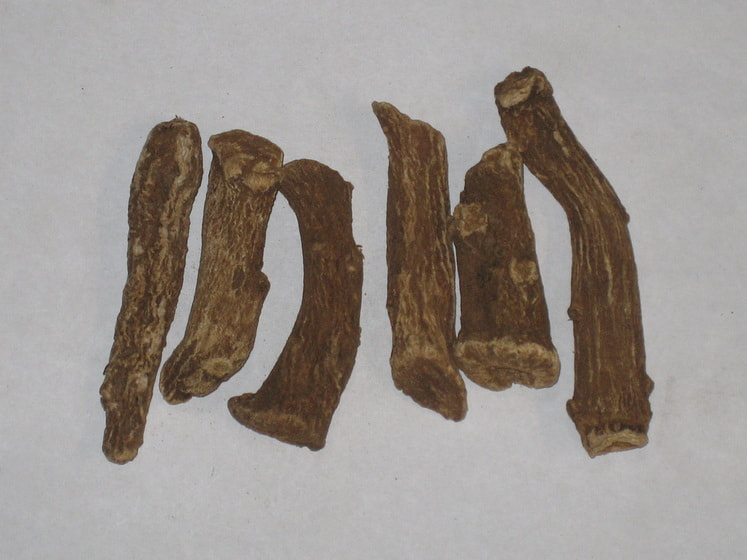
Kushtha is an ancient and powerful aromatic held sacred throughout the world. It is warm, pungent, bitter, sweet, and astringent. In small doses it is good for all three doshas; but in excess it may aggravate Vata and Pitta. Kushtha is mentioned in the Bible, and its English name is costus. It is one of several powerful Ayurvedic herbs which is currently threatened in its natural habitat due to over harvesting. Along with Jatamamsi (Nardostachys grandiflora syn. N. jatamamsi) and kutki (Picrorhiza kurroa) it is one of the three most endangered Himalayan herbs. It has been valued since ancient times for its pungent and aromatic roots which possess powerful psycho-spiritual and healing properties. Some Vedic scholars have speculated that this plant was one botanical source for the mystical sacrificial beverage Soma lauded by the Vedic hymns. It has subtle effects upon consciousness stimulating higher states of spiritual awareness. In excess it may be tamasic (dulling to the mind). In medicine it is used as a nervine, carminitive, expectorant, feberifuge, anti-rheumatic, and purifier of toxins. It is very good for the mind and helps to protect from negative astral forces and is one of the ingredients of brahmi ghee, which is one of the best preparations for mental illnesses of all kinds. Swamiji teaches that this herb should be used only when there is a certified source for its cultivation, to relieve stress from the over-harvested wild plants. He recommends the use of Alpina galangal (which east Asians have used for its mystical properties to increase awareness and to protect from astral forces) or Costus speciosus (crape ginger) to replace Kushtha in Ayurvedic formulas in order to help protect of the depleted Kushtha.
